Speakers
Sylvie Benzoni-Gavage
|
Sylvie Benzoni-Gavage is a professor at the Institut Camille Jordan of Lyon University. Her main fields of interest have to do with the analysis of partial differential equations and the mathematical modelling of various physical phenomena like fluid dynamics, elastodynamics, phase transitions. She was trained at `École Normale Supérieure de Saint-Cloud/Lyon', and loves interacting with students. She used to be the head of undergraduates studies in mathematics, and has been involved in many initiatives directed to highschool students (lectures, workshops, blog mpt2013.fr, website Images des mathématiques). She is currently in charge of international relations for the Mathematics Department. |
 |
"The art of not solving equations:" Many natural phenomena are governed by equations in which the unknown is a function. This is the case for instance in demography, when we are to follow the number of individuals of a given population as a function of time. As long as the population growth rate is constant, we can predict that the evolution of the number of individuals will be exponential (a mathematical word that we can often hear in the media, seldom in its accurate meaning though). However, very few equations admit such a simple solution. For over two centuries after differential calculus was invented by Newton and Leibniz, scientists had been struggling to find more or less beautiful formulas for the solutions of differential equations, that is, equations expressed in terms of an unknown function and its derivatives. Then came Poincaré and a radically new point of view arose. Mathematicians realized that they could infer many properties of those solutions without computing them. This `art of not solving equations' has known a tremendous development in the last century, and became crucial in the analysis of partial differential equations (these are more complicated versions of differential equations in which the unknown is a function of several variables - for instance, these variables can be time and spatial position of the individuals of a population). As a matter of fact, mathematical analysis relies very much on the art of manipulating inequalities, instead of deriving equalities. The aim of this course will be to give an overview of some widely used tools that yield beautiful results in the theory of differential equations.
John H. Conway
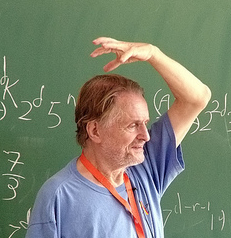 |
John Conway is one of the most prolific mathematicians. He is probably best known for the "Game of Life," which he invented, as well as for "combinatorial game theory" that he developed (partly in collaboration): a very natural and simple definition that lead to a class of games with incredibly rich structure, containing the now-famous "surreal numbers." He has made substantial contributions to many other areas of mathematics, for instance group theory. He greatly enjoys spending time and discussing with students. |
"Topics decided in consultation with participants:" John Conway prefers to decide the topics of his presentations on short notice. He enjoys discussing with the participants of the summer school (which is the main reason why he is coming all the way), and likes to choose the topics depending on interests and requests of participants. Some of his most popular talks are on "games and numbers", on "sphere packings", on "lattices and (lexi-)codes", on "knot theory", on "fractran: universal computing with fractions", or on "the free will theorem" (a relatively new piece of work). Some of his more recent work is on generalizations of Fibonacci sequences; one may also ask him to speak on Euclidean geometry and triangles, or on a relation between his various works on computability and provability, including the question on whether the famous 3n+1 problem is solvable.
Ilia Itenberg
|
Ilia Itenberg is a professor at the Université Pierre et Marie Curie (Paris 6), France, and a member of the Institut Universitaire de France. His main fields of interest are Real Algebraic Geometry, topology of algebraic varieties, Symplectic Geometry, Tropical Geometry and Enumerative Geometry. He has authored numerous books, articles, and technical papers on various aspects of mathematics. This includes Tropical Algebraic Geometry, On Total Reality Of Meromorphic Functions, and Mathematical Circles - Russian Experience. The last book was written to encourage students from secondary schools to develop recreational mathematical skills while keeping in line with the Russian tradition of forming mathematics study groups. |
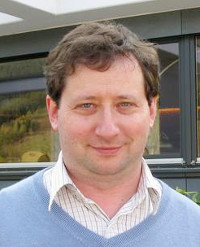 |
"Tropical geometry and enumeration of curves:"
Mark Levi
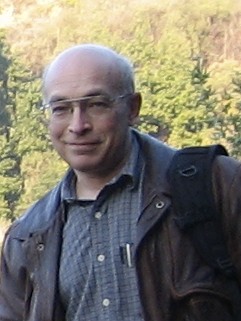 |
Mark Levi received his Ph. D. from the Courant Institute under the direction of Jürgen Moser. His research interests include dynamical systems with applications to physical problems. One of his hobbies is creating and collecting physical devices that he uses to illustrate mathematical phenomena. His book “Mathematical Mechanic” was included in the “Top 10 books in science” by Amazon editors in 2009, and was one of Outstanding Academic Titles, 2009, by CHOICE magazine. His recent book is titled “Why cats land on their feet and 76 other physical paradoxes and puzzles”. His book “Classical mechanics, calculus of variations and optimal control -- an intuitive introduction” will appear in March 2014. |
Christophe Sabot
|
Christophe Sabot is Professor at Université Lyon 1, and head of the team "Probability, Statistics and Mathematical Physics" of the Institut Camille Jordan. He is specialist of Probability, more specifically he works on interacting random walks : random walks that interact wit their past trajectory or with a random environment. |
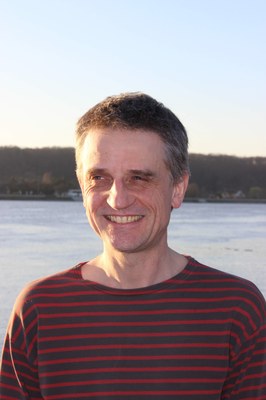 |
"Uniform Spanning Trees:" A spanning tree of a graph is a subset of the edges that connects all vertices but contains no cycle : in the case of the square grid you can think to a labyrinth. Spanning trees are important both in probability and combinatorics.
Pick a spanning tree at random uniformly among all spanning trees : this is the "Uniform Spanning Tree". Uniform spanning trees have deep connections with electrical networks through a remarkable determinantal formula known as the "Matrix-tree Theorem", and with some random processes such as the random walk of the graph or the "loop-erased random walk". In the limit of the d-dimensional lattice, a transition in the structure of the limit appears at each dimension of the form d=4k+1. The limit in dimension 2 involves the beautiful SLE process, which is central in 2D statistical physics.
If the understanding of UST on infinite graphs involves advanced probabilities, the results on finite graphs can be treated by elementary linear algebra.
Frank Wagner
| Frank Wagner is a professor at the Institut Camille Jordan of Lyon University, and a member of the Institut universitaire de France. His research interests are in mathematical logic, more specifically in model theory and its interactions with algebra, group theory and multiplicative combinatorics. Gold medalist at the 1983 International Mathematical Olympiad, he is keenly interested in mathematics education and participates regularly in science outreach activities such as Math@Lyon. | 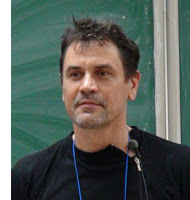 |
Rebecca Waldecker
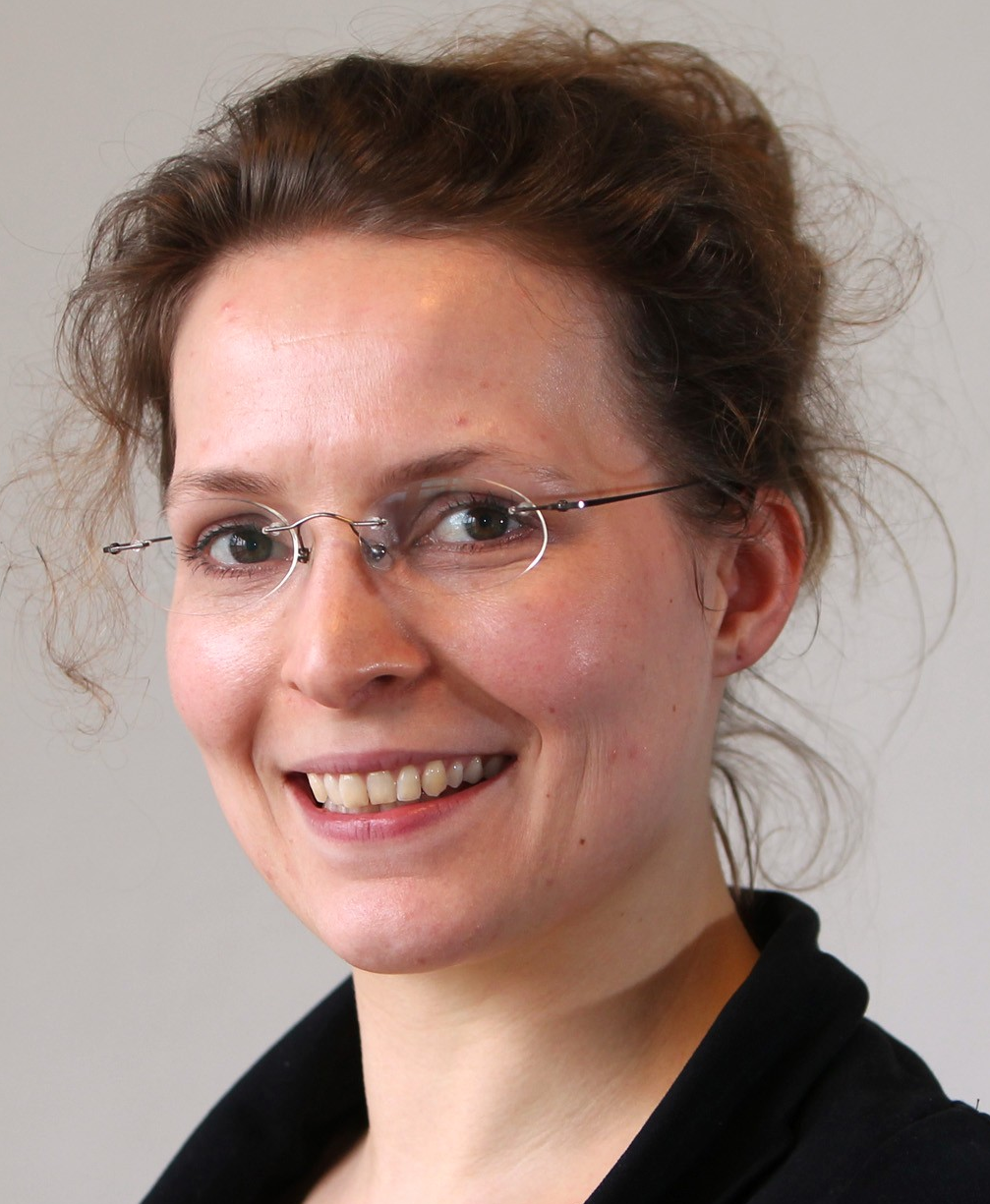 |
Rebecca Waldecker is a German mathematician whose main research interests lie in finite group theory. She is currently a junior professor at the University of Halle (Germany) where she enjoys teaching a variety of courses on topics from Algebra or Number Theory. In her research projects she works with methods from abstract group theory, but also on solving problems with help of the Classification of Finite Simple Groups. |
Don Zagier
|
Don Zagier is an American mathematician whose main area of work is number theory. In 1976, aged only 24, he became Germany's youngest professor. Among many other things, he is known for discovering a short and elementary proof of Fermat's theorem on sums of two squares: it consists of a single sentence. He is currently one of the directors of the Max Planck Institute for Mathematics in Bonn, Germany, and a professor at the Collège de France in Paris, France. |
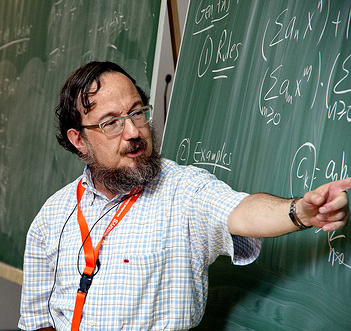 |
"Partitions:" The number of partitions p(n) of a natural number n is the number of ways of splitting it into positive parts, where the order does not matter. For instance, p(4)=5 because 4 can be written as 1+1+1+1, 1+1+2, 1+3, 2+2 or 4. This function, which was studied by Euler, Ramanujan and many others, has fascinating properties. I will tell some of these and also give a brand-new proof, never yet presented in public, of three famous congruences due to Ramanujan.
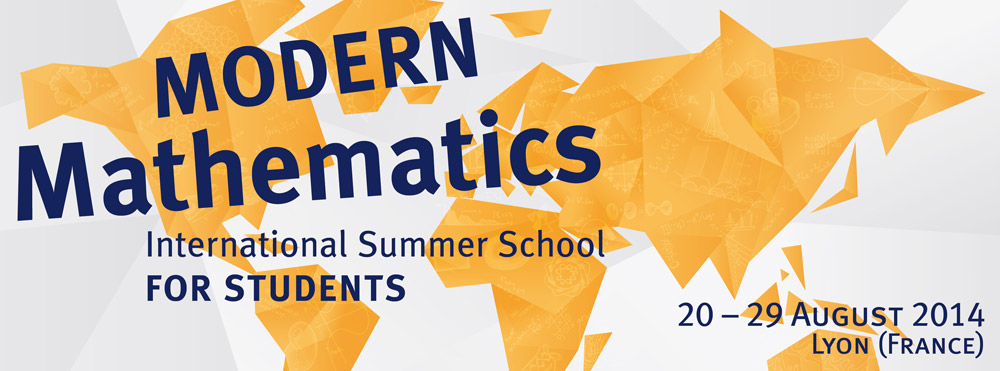

 MoMaISS-Wagner.pdf
MoMaISS-Wagner.pdf